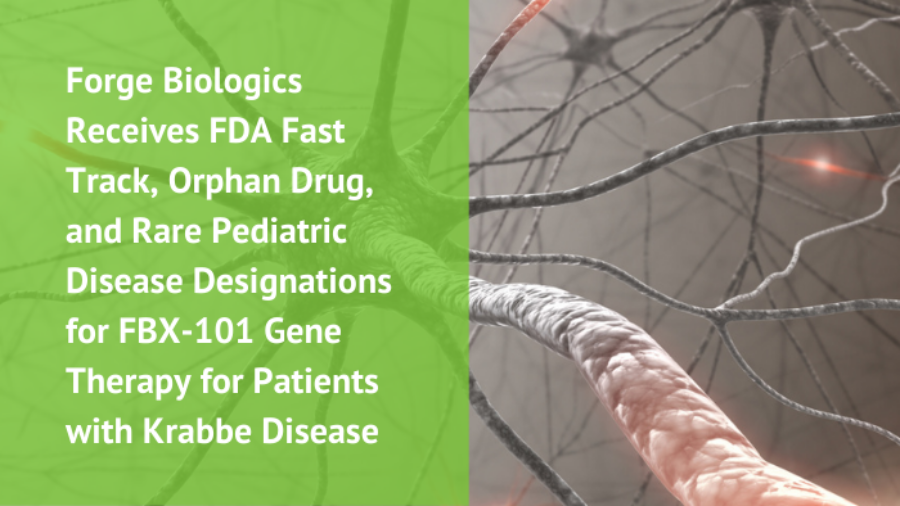Celsion Corporation (NASDAQ: CLSN), a clinical stage development company focused on DNA based immunotherapy and next generation vaccines, today announced that it has received Fast Track designation from the U.S. Food and Drug Administration (FDA) for GEN-1, its DNA-mediated interleukin-12 (IL-12) immunotherapy currently in Phase II development for the treatment of advanced ovarian cancer. GEN-1 was designed using TheraPlas, Celsion’s proprietary, synthetic, non-viral nanoparticle delivery system platform.
Fast Track designation is intended to facilitate the development and expedite the regulatory review of drugs to treat serious conditions and fill an unmet medical need. According to the FDA, a Fast Track Drug must show some advantage over available therapy, including:
- Showing superior effectiveness, effect on serious outcomes or improved effect on serious outcomes
- Avoiding serious side effects of an available therapy
- Decreasing a clinical significant toxicity of an available therapy that is common and causes discontinuation of treatment
“Fast Track designation is an important step in developing GEN-1 for advanced ovarian cancer. Presuming the encouraging data we are generating in early clinical studies continues, this designation supports an expedited path to market,” said Michael H. Tardugno, Celsion’s chairman, president and chief executive officer. “Fast Track allows for more frequent communication with the FDA to discuss development plans and clinical trial design. In addition, should criteria be met, Fast Track-designated drugs are eligible for rolling review, a process whereby the drug’s sponsor can separately submit sections of its New Drug Application to the FDA. They also are eligible for accelerated approval and priority review, under which drugs for serious conditions fulfilling an unmet medical need can be approved based on a surrogate endpoint. We are optimistic that GEN-1 represents a game-changer for women with advanced ovarian cancer who have limited treatment options.”
GEN-1 is the subject of Celsion’s Phase II OVATION 2 Study, which combines GEN-1 with standard-of-care neoadjuvant chemotherapy (NACT) in patients newly diagnosed with Stage III/IV ovarian cancer. NACT is designed to shrink the cancer as much as possible for optimal surgical removal after three cycles of chemotherapy. Following NACT, patients undergo interval debulking surgery, followed by three adjuvant cycles of chemotherapy and up to nine additional weekly GEN-1 treatments, the goal of which is to delay progression and improve overall survival. The OVATION 2 Study is an open-label, 1-to-1 randomized trial, 80% powered to show the equivalent of a 33% improvement in progression-free survival (PFS) (HR=0.75), the primary endpoint, when comparing the treatment arm (standard of care + GEN-1) with the control arm (standard of care alone).
As Celsion has previously announced, it has shared with the FDA data from the Phase I portion of the Phase I/II OVATION 2 Study that showed successful tumor resections, with seven out of eight patients (88%) in the GEN-1 treatment arm having a complete tumor resection (R0), which indicates a microscopically margin-negative resection in which no gross or microscopic tumor remains in the tumor bed. The NACT-only treatment arm had an R0 resection rate of 50%.
To Read the Complete Article at GlobeNewswire, Click Here
Disclaimer: BioPharma Global is not responsible for, and expressly disclaims all liability for, damages of any kind arising out of use, reference to, or reliance on any information contained within the article. Content available through the site may contain links and information to other websites. Links from BioPharma Global to third-party sites do not constitute an endorsement by BioPharma Global of the mentioned parties.
BioPharma Global is a mission-driven corporation, operating like a not-for-profit, dedicated to using our FDA and EMA regulatory expertise and knowledge of various therapeutic areas to help drug developers advance treatments for the disease communities with a high unmet medical need. If you are a drug developer seeking regulatory support for Orphan Drug designation, Fast Track designation, Breakthrough Therapy designation, other FDA/EMA expedited programs, type A, B (pre-IND, EOPs), or C meeting assistance, or IND filings, the BioPharma Global team can help. Contact us today to arrange a 30-minute introductory call.
Stock image by @vitanovski from Depositphotos










